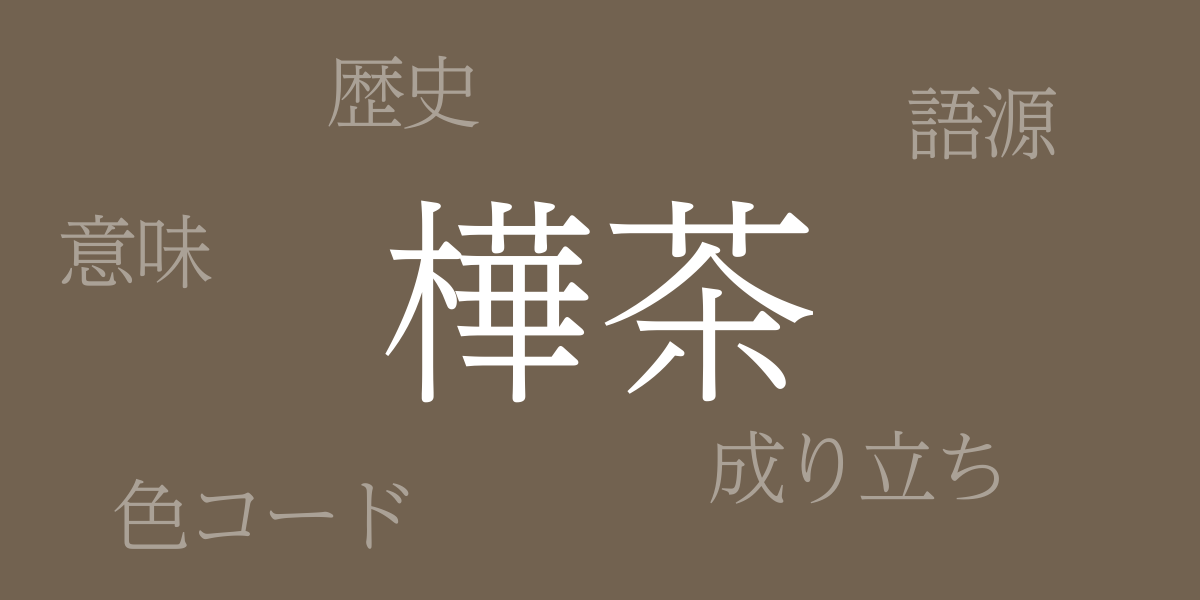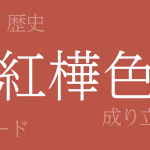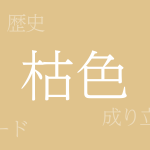Color is a powerful medium that stirs emotions and reflects culture. In Japan, the traditional color “Kabacha” (樺茶 – かばちゃ), with its deep warmth, continues to captivate people as one of Japan’s signature colors. This article delves into the allure of Kabacha, exploring its history, color code, and its Western name.
About Kabacha (樺茶 – かばちゃ)
Kabacha (樺茶 – かばちゃ) is a deep reddish-brown reminiscent of the color of birch bark. Found in Japan’s natural environment, this color brings a sense of calm and warmth and has played an important role in Japanese culture, seen in the alcoves of traditional Japanese rooms and in classic garments. Kabacha has long been used in many crafts and architectural elements, soothing the Japanese spirit.
The History of Kabacha
The use of Kabacha dates back to the Heian period, becoming popular among the nobility within the color-conscious culture of the era. It was favored for clothing, screens, and paintings. In the samurai society, Kabacha was considered a sophisticated color and was also incorporated into samurai attire. Over time, it spread among the common folk and began to color various folk crafts.
Color Code of Kabacha
In modern design and web development, Kabacha is frequently used. Below are the typical color codes for Kabacha:
- HEX: #726250
- RGB: R:114 G:98 B:80
- CMYK: C:61 M:61 Y:70 K:12
Western Name for Kabacha
The Western name for Kabacha includes “Birch” or “Cinnamon”. These names derive from the similarity of the color to birch wood and cinnamon spice. Internationally, these names are used to standardize the color, demonstrating how Japanese traditional colors are recognized globally.
Conclusion on Kabacha
Kabacha, with its warm hues, has been an integral part of Japanese life since ancient times. It has a rich history from the Heian period and remains valuable in modern design and art. Knowing the color codes for Kabacha allows it to be effectively used in web and graphic design, enhancing its tranquil allure. Furthermore, familiarizing oneself with its Western names can facilitate international communication, enriching global color expression and utilization.

























